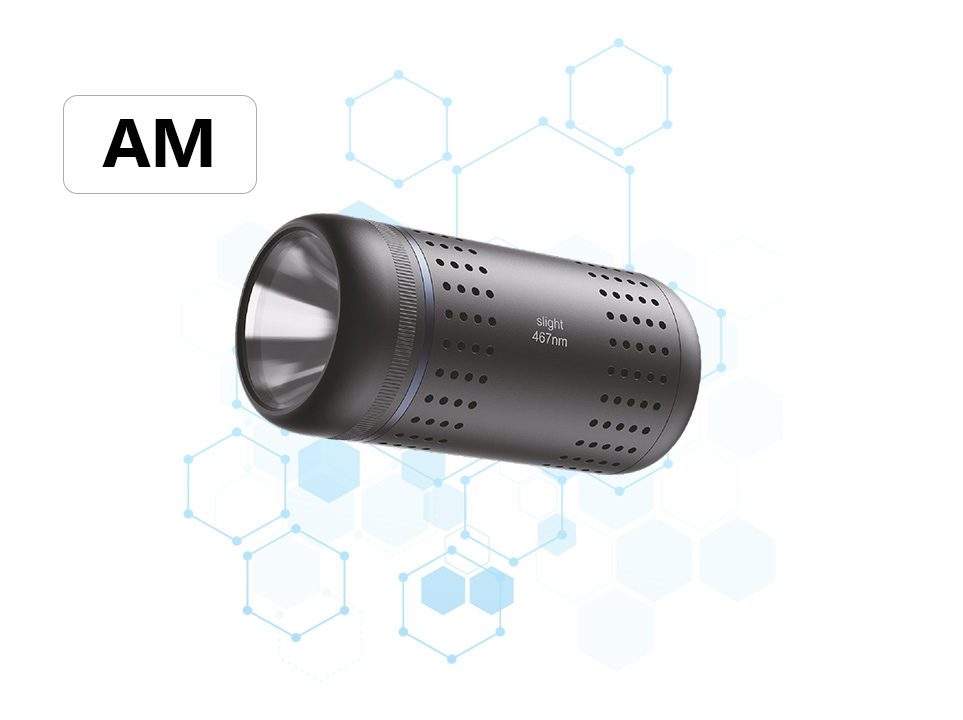Working principle of stainless steel photocatalytic reactor
Introduction to Stainless Steel Photocatalytic Reactors
A stainless steel photocatalytic reactor is a specialized device designed to utilize photocatalysis—a process where a catalyst facilitates chemical reactions using light energy. Typically, titanium dioxide (TiO2) is used as the photocatalyst, coated onto the stainless steel surface of the reactor. This material is chosen for its durability, corrosion resistance, and high photocatalytic activity.
Core Components and Design
The reactor consists of several key components, including:
Reactor Chamber: Made of high-quality stainless steel, this chamber houses the photocatalytic surface and the liquid medium (usually water) to be treated.
Lighting System: UV-A or visible light LEDs or lamps are strategically placed within the chamber to illuminate the photocatalytic surface. The wavelength of light used is tailored to match the absorption spectrum of the TiO2 catalyst.
Fluid Distribution System: Ensures uniform circulation of the liquid through the reactor, maximizing contact with the photocatalytic surface.
Control Systems: Monitors and regulates parameters such as light intensity, fluid flow rate, and temperature to optimize the photocatalytic process.
Working Principle: The Science Behind It
The working principle of a stainless steel photocatalytic reactor revolves around the interaction between light, the photocatalyst, and pollutants. Here’s a step-by-step breakdown:
Absorption of Light: When UV-A or visible light strikes the TiO2 coated surface, it excites the electrons in the TiO2 particles, creating electron-hole pairs.
Generation of Reactive Species: These excited electrons and holes react with water molecules and dissolved oxygen in the liquid medium, generating hydroxyl radicals (OH•) and superoxide ions (O2•-). These highly reactive species are known for their strong oxidizing power, capable of breaking down a wide range of organic pollutants.
Degradation of Pollutants: The reactive species attack and decompose the pollutants present in the water, converting them into harmless byproducts such as water, carbon dioxide, and inorganic ions.
Separation and Disposal: Treated water is then collected and can be further filtered or processed as needed. The photocatalyst remains active and can be reused indefinitely without depletion.
Benefits and Applications
The stainless steel photocatalytic reactor offers numerous advantages:
High Efficiency: Effectively removes a broad spectrum of pollutants, including pharmaceuticals, pesticides, and dyes.
Durability: The stainless steel construction ensures long-term reliability and minimal maintenance.
Energy-Efficient: Utilizes UV-A or visible light, which is less energy-intensive compared to other treatment methods.
Environmentally Friendly: Generates no harmful byproducts and can be integrated into existing wastewater treatment systems.





